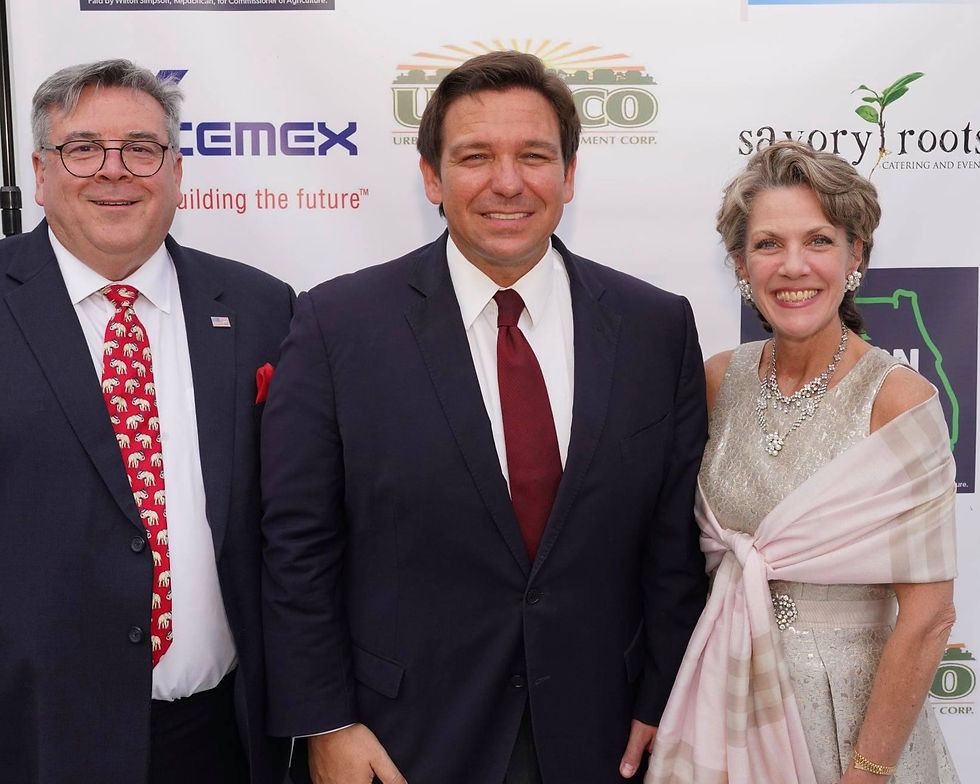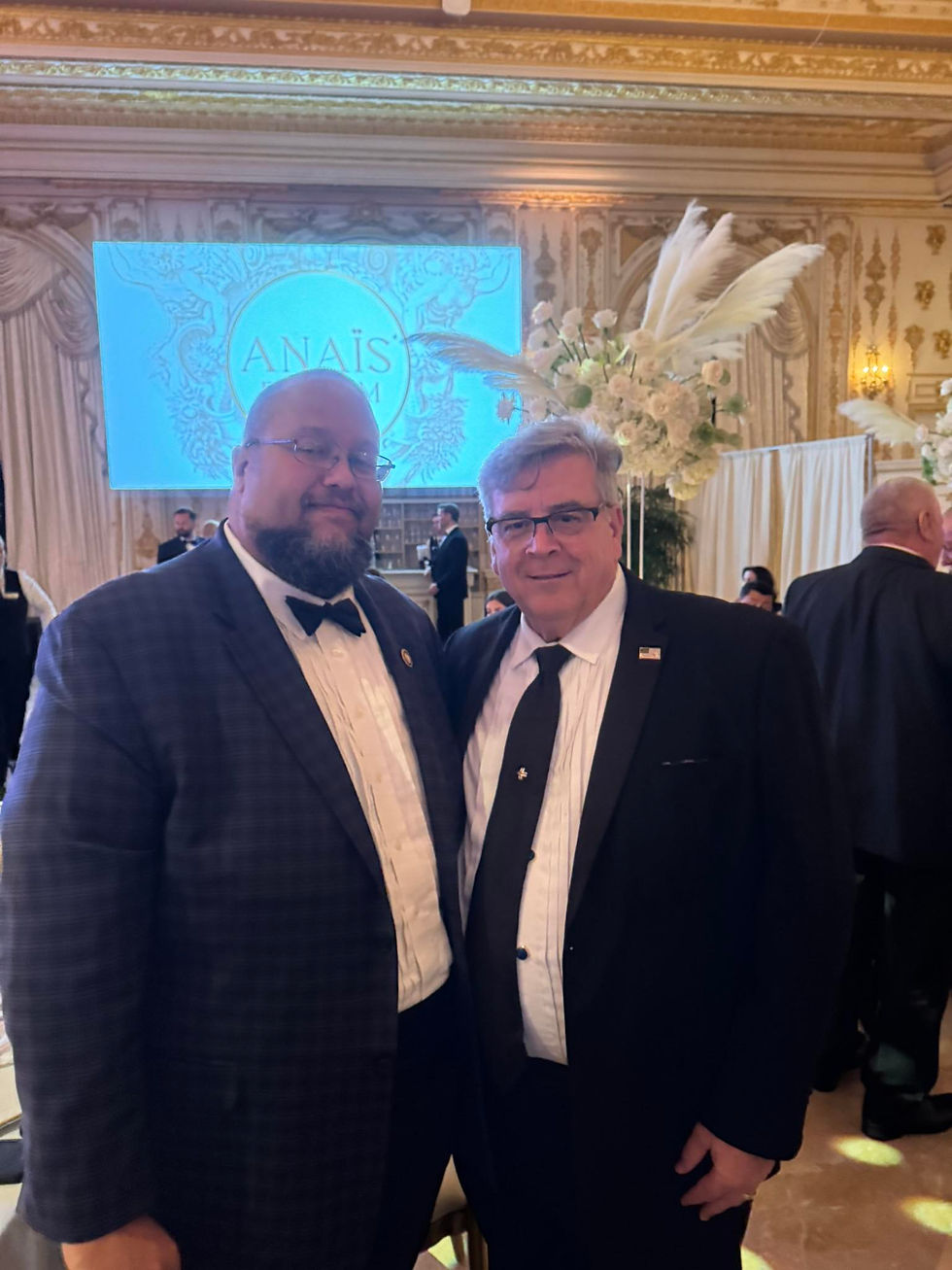Unifying vs. Divisive Leadership: A Comparative Analysis
- The Chairman

- Oct 15, 2023
- 2 min read

Title: Unifying vs. Divisive Leadership: A Comparative Analysis
Introduction
Leadership is the driving force behind the effectiveness and success of teams and organizations. Two distinct styles of leadership often observed in various sectors include unifying leadership and divisive leadership. These styles have contrasting approaches and impacts on teams and organizational culture. This post aims to compare and contrast these two leadership styles, shedding light on their characteristics, examples, and outcomes.
Unifying Leadership
Characteristics:
Unifying leadership is characterized by inclusiveness, collaboration, and empowerment. Leaders who adopt this style focus on building relationships, fostering a sense of community, and enhancing the collective strengths of their teams. They prioritize open communication, active listening, and sharing of ideas, ensuring that every member feels valued and heard.
Example:
A notable example of unifying leadership is Nelson Mandela. He exemplified a commitment to bringing together a divided nation by promoting reconciliation and inclusivity. Mandela listened to and valued the voices of all citizens, encouraging a collective effort to build a new, united South Africa.
Outcomes:
Unifying leadership cultivates a positive, engaging, and innovative work environment. It leads to higher levels of employee satisfaction, increased productivity, and enhanced innovation. Teams led by unifying leaders are often more resilient and adaptable, with individuals feeling a greater sense of purpose and commitment to the organization’s goals.
Divisive Leadership
Characteristics:
Contrastingly, divisive leadership is marked by separation, competition, and a focus on individual achievement over collective success. Leaders of this type often create an environment of ‘us versus them’, prioritizing their importance and maintaining control through division and destruction.
Example:
Historically, leaders like Joseph Stalin exemplify divisive leadership. His regime was marked by purges, repression, and fear. Stalin maintained control by eliminating perceived threats, creating an environment where loyalty was demanded, and dissent was harshly silenced.
Outcomes:
Divisive leadership can lead to a toxic work culture, marked by fear, mistrust, and low morale. While it might offer short-term control, it often results in reduced productivity, innovation, and employee satisfaction in the long term. The focus on individual achievement and competition can also hinder collaboration and collective problem solving.
Conclusion
In comparing unifying and divisive leadership styles, the impacts on team dynamics, organizational culture, and overall effectiveness are evident. While unifying leadership fosters an environment of collaboration, empowerment, and shared success, divisive leadership can lead to an atmosphere of competition, control, and isolation. The former is conducive to long-term growth, resilience, and innovation, while the latter can undermine the foundation of trust and unity critical for sustained organizational success. Choosing a leadership style should therefore consider the profound effects on both individuals and the collective workforce, aiming for a strategy that uplifts, unites, and propels the organization forward



































Comments